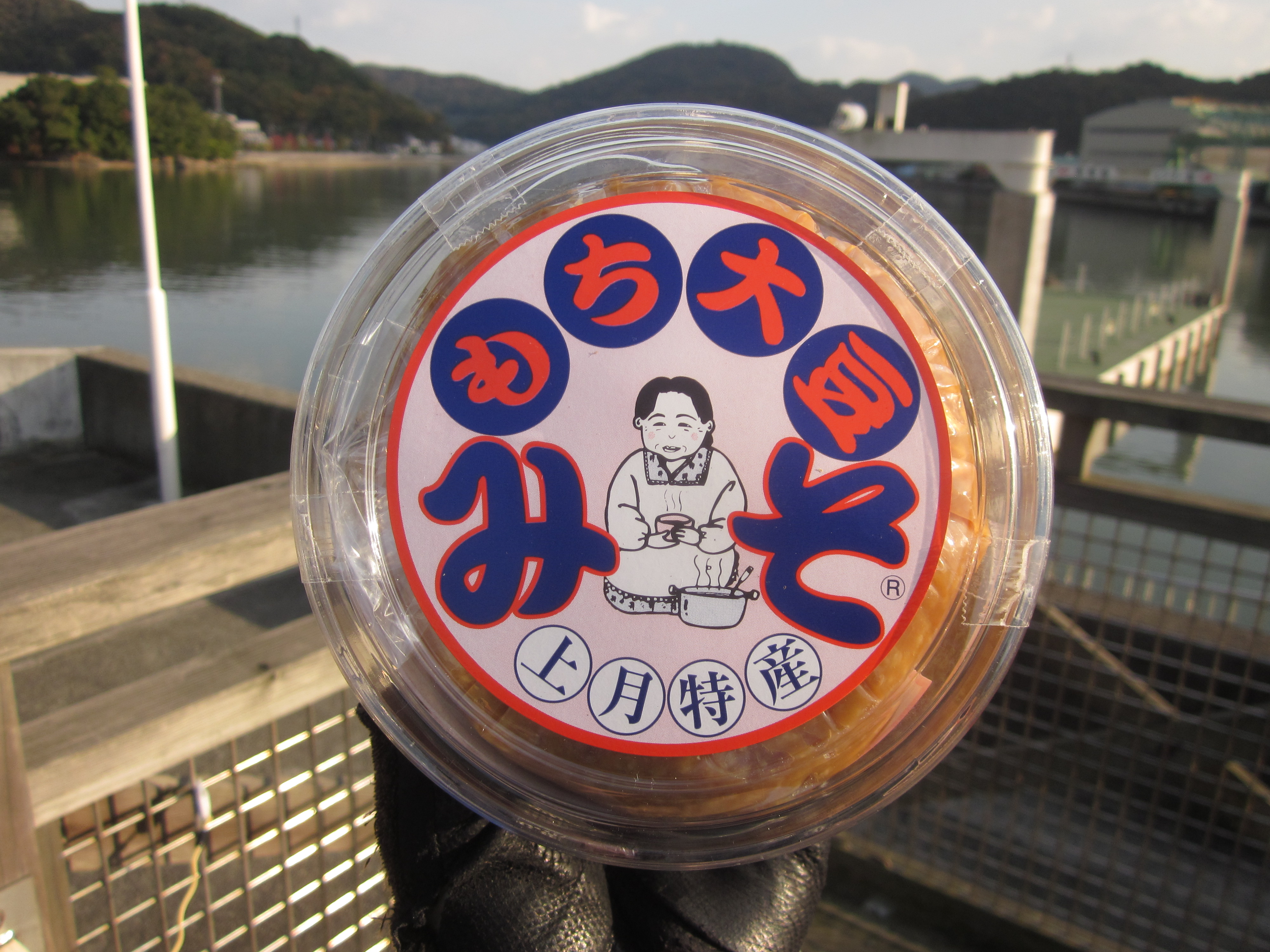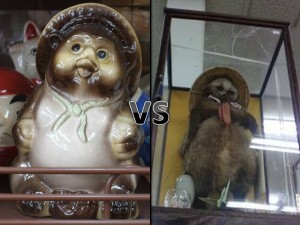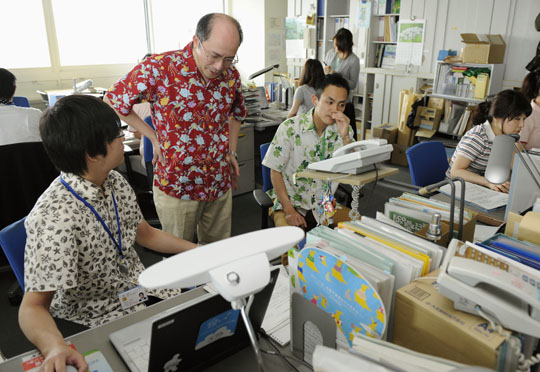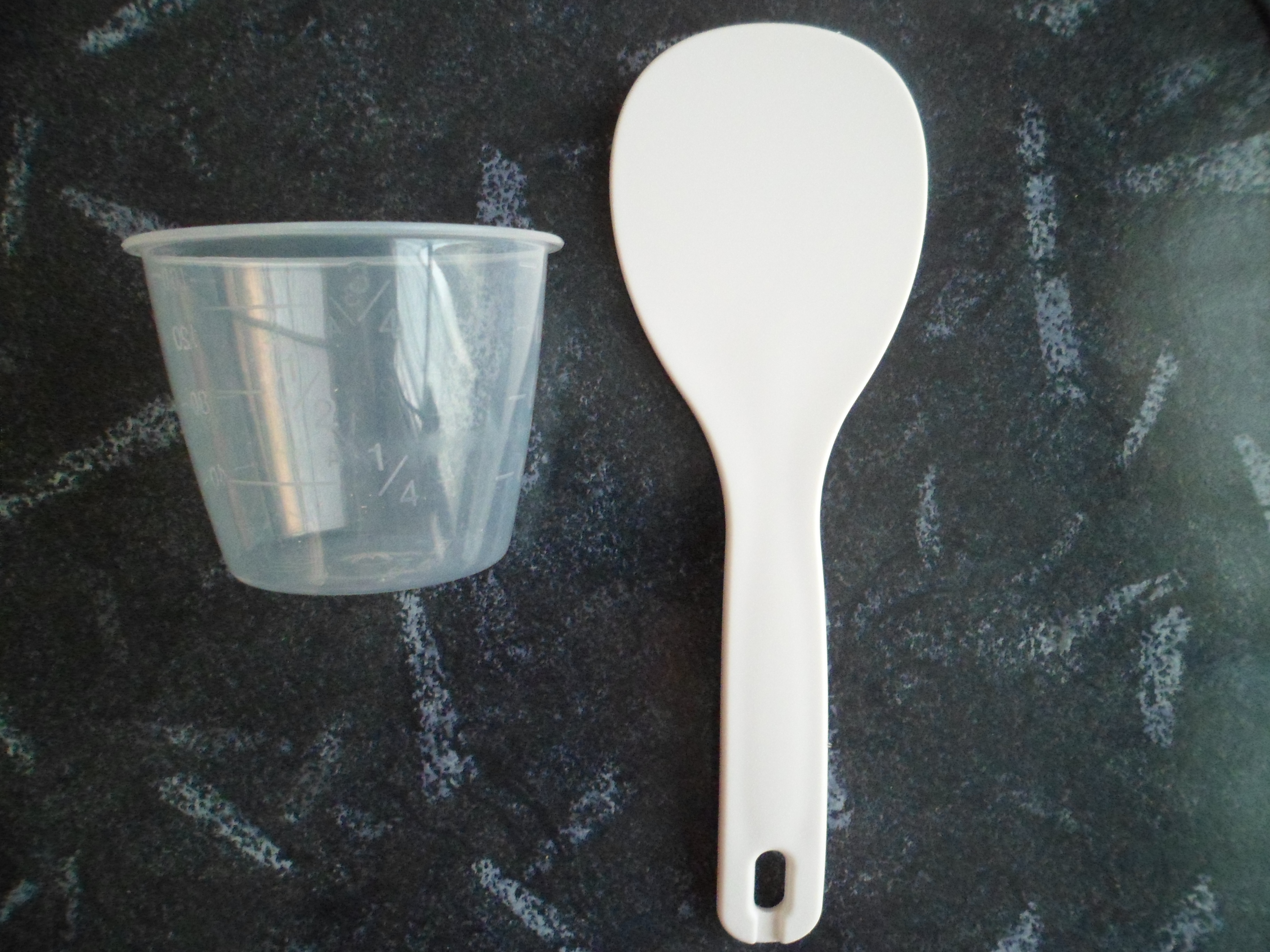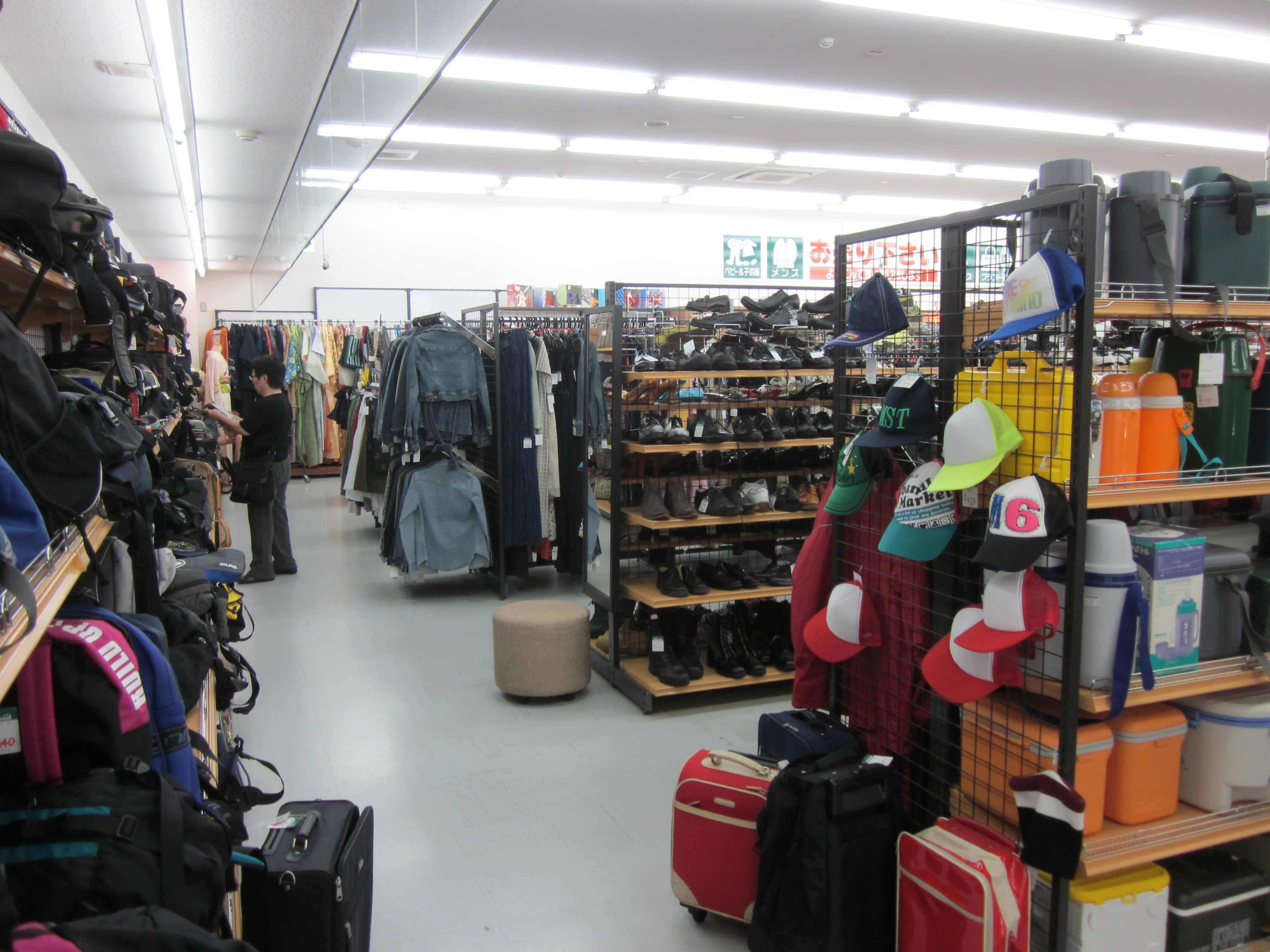Miso Green: Lasting Impress-yens
        The August issue is a great time to address the new arrivals to the JET program. Welcome! You have likely just settled into your apartment, perhaps with inherited items from your predecessor, but likely without much. It’s also likely that you don’t have a lot of money on hand, considering that you just moved a significant distance from your homeland. For many of you in this situation, you are looking to fill the voids in your apartment as soon as possible, and are surrounded by charming, colorful, convenient and cheap 100 yen stores.
 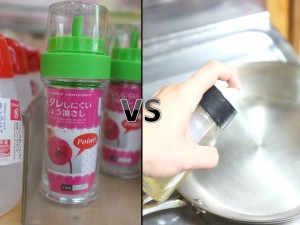               On the surface, 100 yen shops and 3-coin shops seem like a godsend. When compared to dollar stores elsewhere, they are better organized, cleaner and contain a breadth of useful, cute and kitschy products. You can indeed get your hands on many essential tools for daily life by shopping at The Daiso and Seria. However, I am actually writing this month to try and convince you to avoid them.
              On the surface, 100 yen shops and 3-coin shops seem like a godsend. When compared to dollar stores elsewhere, they are better organized, cleaner and contain a breadth of useful, cute and kitschy products. You can indeed get your hands on many essential tools for daily life by shopping at The Daiso and Seria. However, I am actually writing this month to try and convince you to avoid them.
The first and most obvious reason is that most of what you might purchase at a 100  yen store is, well, cheap! The likelihood of an item that you buy at one of these places lasting through your JET tenure is extremely low. While this is not an economically big deal, if you are environmentally conscious like me (and what would motivate you to read Miso Green if you weren’t?), the idea of these items’ ultimate fate is a scary one. Spend a couple of extra yennies to break the cycle of replacing cheap with cheap.
yen store is, well, cheap! The likelihood of an item that you buy at one of these places lasting through your JET tenure is extremely low. While this is not an economically big deal, if you are environmentally conscious like me (and what would motivate you to read Miso Green if you weren’t?), the idea of these items’ ultimate fate is a scary one. Spend a couple of extra yennies to break the cycle of replacing cheap with cheap.
Then, there is the plastic. Stores like these pride themselves on their overseas plastic factories (look at The Daiso’s homepage! They have literally the largest plastics factory in the world). Items at 100 yen shops are often far over-packaged in plastic wrapping and casing as a result. Most of this packaging is labeled recyclable (bearing in mind that plastic is not infinitely 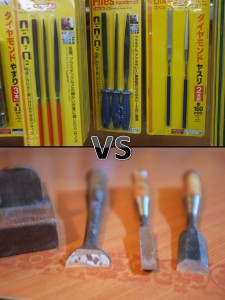 recyclable, but typically takes one more form before its final landfill resting place), but, and this is my other key point, the products themselves are not. The majority of products in 100 yen shops are plastic, including items you might not suspect, like those made of fabric and silicone, all of which will end up in landfills when they fail. And consumable 100 yen items are typically sold in smaller containers, which mean more unnecessary plastic packaging.
recyclable, but typically takes one more form before its final landfill resting place), but, and this is my other key point, the products themselves are not. The majority of products in 100 yen shops are plastic, including items you might not suspect, like those made of fabric and silicone, all of which will end up in landfills when they fail. And consumable 100 yen items are typically sold in smaller containers, which mean more unnecessary plastic packaging.
Furthermore, 100 yen shops are a slippery shopping slope. While I try to avoid them, I occasionally go for items I can’t easily find, or can be found elsewhere but with unnecessarily high markups, such as office supplies. But, while I am there, I often think to myself, “Well, I could also use one of these, and it’s only a 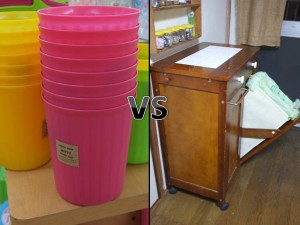 hundred yen, and I feel like I could use a snack, and OH! I’ve been needing this for a while…†and suddenly I’ve spent three bills on essentially nothing.
hundred yen, and I feel like I could use a snack, and OH! I’ve been needing this for a while…†and suddenly I’ve spent three bills on essentially nothing.
But most of all, the primary reason you’re better off finding your survival goods outside of the discount shops is that you have viable eco-friendly alternatives. Recycle shops in Japan are phenomenal. They blow other countries’ charity shops out of the water, because they’re not really charity shops. Recycle shops pay relatively little
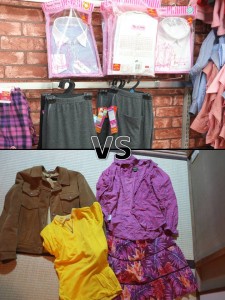
for things that people bring in, and sell them at respectable, competitive prices, and they only take items that are fully functional and of a certain degree of quality. Think of the unique omiyage you’d be able to find in second-hand stores!
They also often carry some of the miniscule items we find ourselves at 100 yen shops trying to buy, such as light bulbs and batteries. These get sold to recycle shops when people move, and despite being similarly priced, they are usually of better quality than their 100 yen shop counterparts. The best recycle shops are often off the beaten path, so check in with your coworkers about their favorites in the area.
Although you have just arrived, and need some
stuff, and are probably broke, try to shop with the future in mind. Get things that will last until your successor arrives, and break the vicious cycle of buying cheap things and replacing them with new cheap things. But more important, use this opportunity to make your apartment feel like a home. This, I find, is essential for overcoming culture shock and confirming a sense of identity as you find your place in your community. By relying on 100 yen shops, JET apartments often have the feel of college dormitories—places that emphasize our impermanence in this country and have the ability to magnify homesickness when it hits. Recycle shop items come from homes, and wouldn’t be there in the first place if they were
considered expendable. Allow me to
show you what I mean. Throughout the
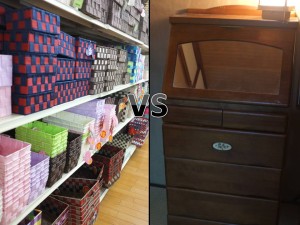
article are comparative photos of a typical 100 yen shop item next to a slightly more expensive recycle shop item. Ask yourself: which feels homier? Which has more character? Which looks like it would last longer? Which would I be prouder to own?
Happy thrift shopping!
Uluwehi Mills
miso.green.ht@gmail.com
